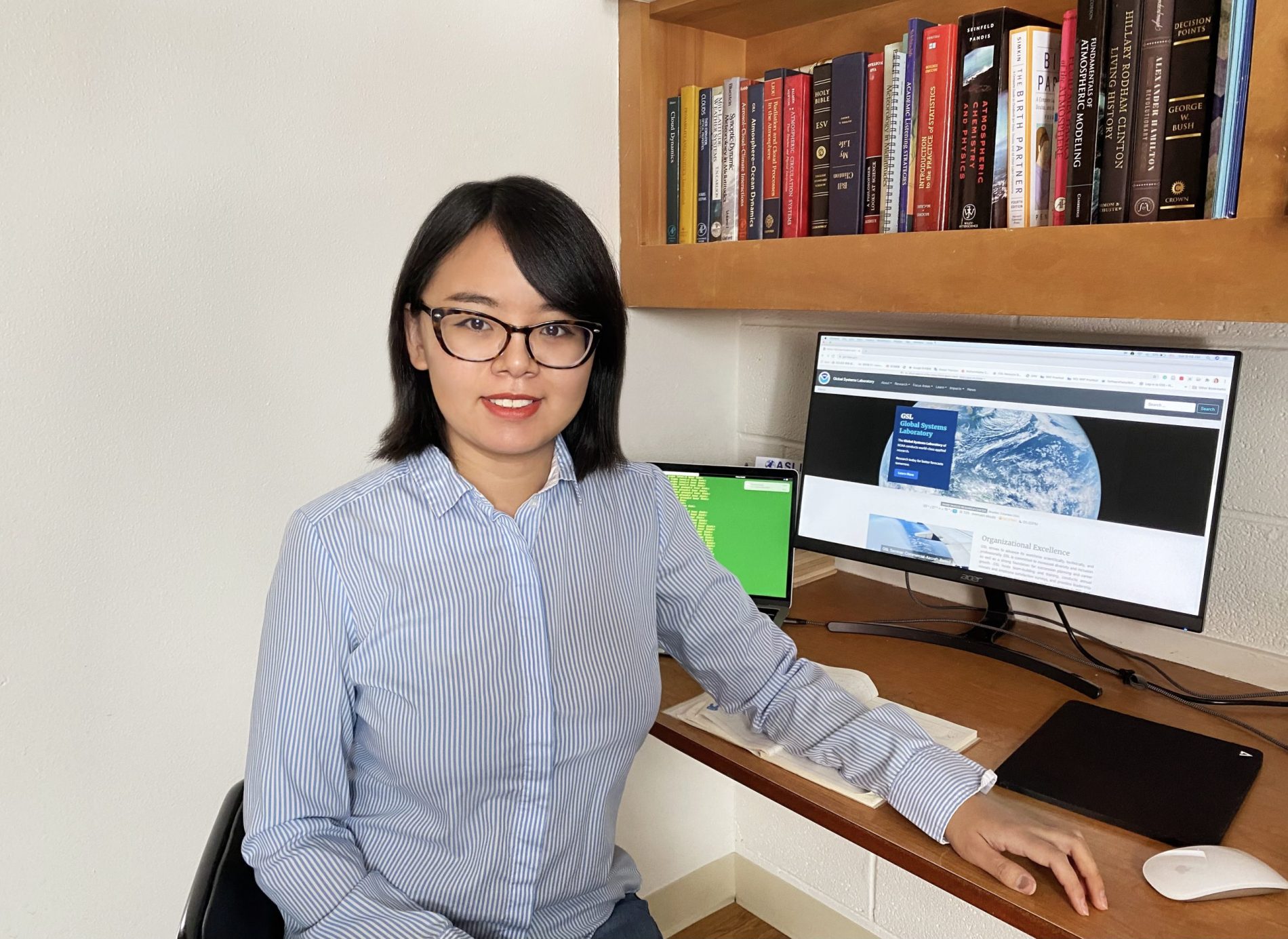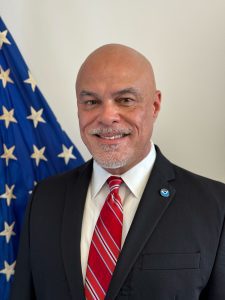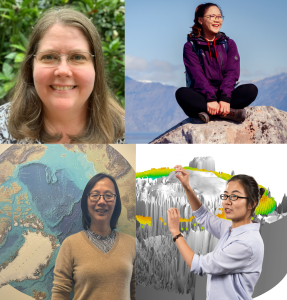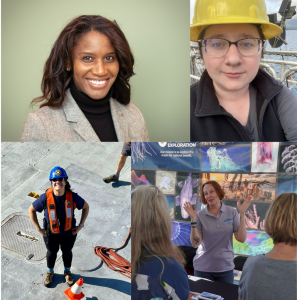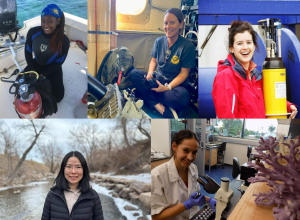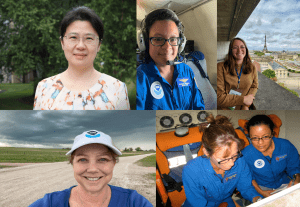Xia Sun has some tips.
Xia Sun is a research scientist at NOAA’s Cooperative Institute for Research in Environmental Science (CIRES) at the University of Colorado, Boulder, working at the Global Systems Laboratory (GSL). There, she contributes to the development and evaluation of the Unified Forecast System Weather Model – a community-based Earth modeling system – and the Common Community Physics Package, a library that helps foster innovation and improve physics models.
What drew you to your current career?
When I visited my aunt’s office in a local Weather Modification Office in China at a young age, I was impressed how humans can impact clouds and precipitation. That is when I was drawn to the field of atmospheric science. I received an M.S. degree in Atmospheric Physics studying aerosol-cloud interactions.
In my Ph.D. work, I learned that the simulation of stable boundary layer structures is still challenging in numerical weather prediction models. Capturing the stable meteorological condition is a prerequisite to simulate the associated air pollutant levels, which tend to increase and have harmful impacts on human health. That leads me to my current career at NOAA aiming to improve the operational numerical weather prediction (NWP) model performance.
With the Covid-19 pandemic shifting much of the federal workforce into a work-from-home mode, what were some of the challenges you faced in the last year? Have you been able to adapt and if so, how?
I would like to share my experience of dealing with “imposter syndrome” as an early-career scientist working from home due to the global pandemic. I graduated from a relatively smaller Ph.D. program. After starting my new position at GSL, I had been feeling self-doubt and was eager to demonstrate myself and my abilities. Working from home made it harder to find an appropriate reference line for the expected performance due to reduced face-to-face communication. I tended to work long hours and reached nearly the point of burnout.
To tackle this, I made some time for self-reflection, thinking about what triggered the imposter syndrome and possible ways to overcome it. I also participated in the CIRES mentoring program to seek mentorship, as well as to meet more people. These two steps I took are helpful. I have learned to ask for feedback, avoid stereotypes, and effectively communicate.
What do you enjoy most about your work?
I am excited about the cutting-edge numerical weather models, applications, and framework I have contributed to. The projects I work on connect NOAA’s operational NWP model with the broad community. The colleagues that I work with are top-notch scientists and engineers in the fields. I feel a great honor to be able to work with them and learn from them. My work environment is healthy; as a woman scientist of color, I feel welcomed and included.
What do you hope to accomplish in the future, and what do you hope the future for women in science looks like?
I hope to contribute to building an equitable environment in the science fields for women scientists, in some way or another. Gender inequality has been well documented in disciplines of science, technology, engineering, and mathematics (STEM) fields. These inequalities include, but are not limited to, disproportionate numbers of publications and citations and gender pay gaps. I would also like to continue to collaborate with or mentor underrepresented minorities.
I wish in the future that women scientists can have and maintain self-efficacy when they enter the science fields. This will need effective structural educational efforts to promote women’s self-confidence starting at a young age to early 20’s. In addition, I hope women scientists can experience fair review processes where the reviewers for funding, journals, books and more can proactively mitigate their unconscious biases.
What advice would you give to women who are starting out in their careers?
I would like to say that it is not uncommon to have imposter syndrome at the early stages of your career as a female scientist. The keys are to acknowledge its existence, have self-reflection processes, step out for help, and find the fun parts of your work along the way. I found that effective communication is important. One example is to ask for feedback from colleagues or supervisors to have a feeling of how you are doing. You can also adapt the imposter syndrome to motivate yourself to learn, seek for development, and achieve your career goals – like helping make forecasts better.
